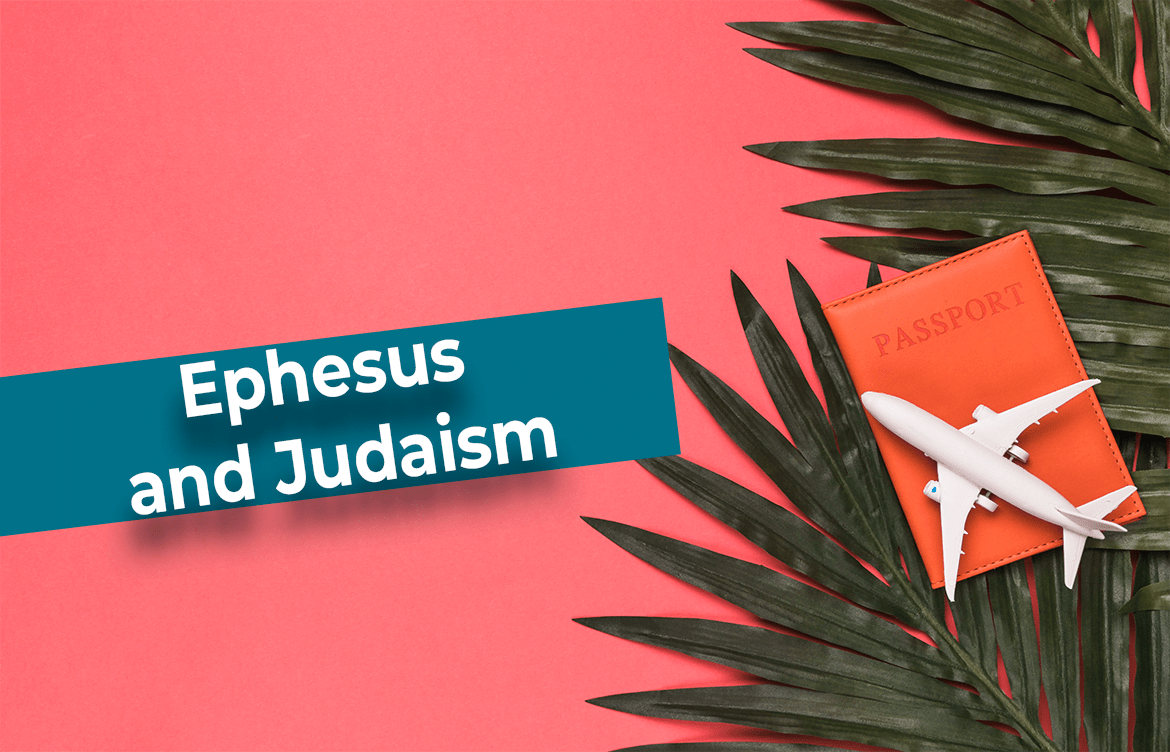Ephesus is one of the most visited and largest ancient cities in the country and is in the Selçuk district in the south of İzmir. According to sources cited in Hittite documents from 2,000 BC, it is estimated that his first name was Apasas.
The city, which experienced the migration of the Ionian tribe in the 11th century BC., remained under Greek influence from this date and was moved to its current location by Lysimachus, one of the successors of Alexander the Great.
Established as a port city, Ephesus was a part of the Roman Republic, which would later become an empire in the late second century BC. and. It was home to the Temple of Artemis, a major cult center of the ancient world, and the Temple remained important until the fourth century AD. C., when Christianity became the official religion of the empire. The Ephesians, who suffered a great earthquake and Arab raids in the seventh century AD, also fell victim to diseases and lost their character as the inhabitants of a port city, as the alivium carried by the nearby Caistro river filled the port and turned it into a swamp, rendering it unusable. As a result of all this, the people of Ephesus abandoned the city in this century and the city, which suffered from erosion and rainwater, remained underground for many centuries.
The city, where archaeological excavations began at the end of the 19th century with contributions from the University of Vienna, has now become one of the most important tourist centers in the country.
The city is mentioned 17 times in the New Testament, it is one of the cities mentioned in the Apocalypse and Saint Paul is known to have visited and stayed for 2 years during his missionary journeys, as a result Ephesus has a significant place in the history of religions.
It is known that there was a dense Jewish population in the large western Anatolian cities such as Ephesus from this period, after Antiochus III, the king of the Seleucid dynasty, granted citizenship rights to Jews brought from various countries. The fact that St. Paul entered a synagogue here while in Ephesus during his Biblical journeys (Acts of the Apostles 19:8) proves this. According to some sources, 10% of the population of Ephesus during the Roman period consisted of Jews. There is also a menorah on one of the steps of the Celsus Library, which one of the biggest attractions in Ephesus.

There are several rumors about this menorah. Since Celsus had previously served as a senator in Rome and commanded a legion, it is possible that he also served in Syria, including during the Jewish revolt, and the menorah may have been drawn in response to his position. Another theory is that there are many different manuscripts in this rich library, some of which are Jewish manuscripts, and this menorah may be the way to specify the Jewish contents in the library. Some sources claim that the marble block with the menorah graffiti belongs to another building and was moved here during renovations to the library.
- When did Jews gain citizenship rights in Asia Minor?
Jews gained citizenship rights in Asia Minor during the reign of Antiochus III of the Seleucid Empire in the 3rd century BC.
- How is it known that St. Paul entered a synagogue in Ephesus?
This event is mentioned in the Acts of the Apostles 19:8.
- What was the percentage of Jews in Ephesus?
According to some sources, 10% of the population of Ephesus during the Roman period consisted of Jews.




